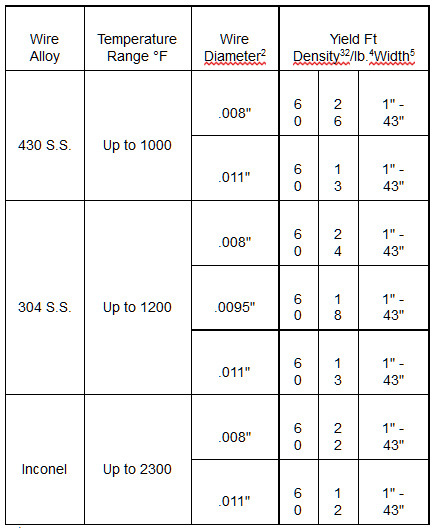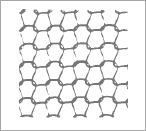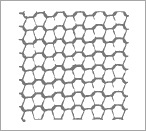Blanket Insulation Mesh
Insulation materials and labor costs are increasingly becoming more expensive, and user-warranty requirements more demanding. Metal Textiles insulation blanket mesh is engineered to help you protect your investment of materials and labor, while enhancing customer satisfaction.
The insulation media for blankets, covers, or jackets is typically a pliable, heat-resistant material such as asbestos, fiberglass, ceramic fibers, etc. Although this material has high temperature resistance qualities, it does not have the physical qualities to:
- Flexibility – Because of the knitted loop structure, the mesh covering has at least two-way strength and is not stiffer than the insulation it covers. It is therefore ideally suited to fitting around irregular curves and complex surfaces. It can also work as unsupported flexible blanketing.
- Strength – Because the mesh is metallic, it is the strongest insulation covering that can be used. It will not come apart with vibration or continuous handling. It resists penetration by sharp objects or workers walking on it, and stays intact longer than the insulation can. When you run your hand over this mesh surface, it feels like a coat of chain mail over the insulation.
- Cost of Material – In temperature ranges of 600° to 1200° F, knitted mesh competes with other insulation coverings such as glass or asbestos cloth, or hexagonal mesh. Mesh is lower in cost than many other coverings. At temperatures over 1200° F to 2300° F, Inconel alloy knitted mesh is the only covering material able to resist heat and retain strength.
- Cost and Ease of Fabrication – Knitted mesh is usually bought in widths to suit the blankets to be made. It is normally cut with only a scissors and can be fabricated in many ways. Most of the time it is not sewn, reducing the need for specialized labor. In many cases, a stapler is the only other tool needed. The blankets can be made quickly and easily, saving on fabrication costs by eliminating special labor skills.
Application Information for Standard Blanket Mesh Alloys
1 We also have other alloys available, such as Monel, 309SS, etc., where applications are corrosive or special atmospheres.
2 The common wire diameters used for insulating blankets are .008″, .00095″, and .011″.Where greater strength is needed because of frequent removal such as turbines or stress relieving blankets, .011” is used. For less frequent remove, .008″ is used. For applications which involve temperature extremes such as furnaces, the .011″ diameter is recommended to reduce the weakening caused by oxidation or furnace atmosphere conditions.
3 The common density (openings/inch) used is 60, as it provides the optimum balance between large openings for economy, yet small enough openings to prevent tufting. 76 density is also available.
4 Yield listed is for single ply. Knitted mesh is tubular in construction (double-ply) and is typically cut open by the user and installed as a single ply.
5 Insulating blanket mesh is made in widths of two-ply stocking from 1″ to 43″. However, most applications use widths of 12″, 18″, 24″, 30″, or 42″.





Recent Comments